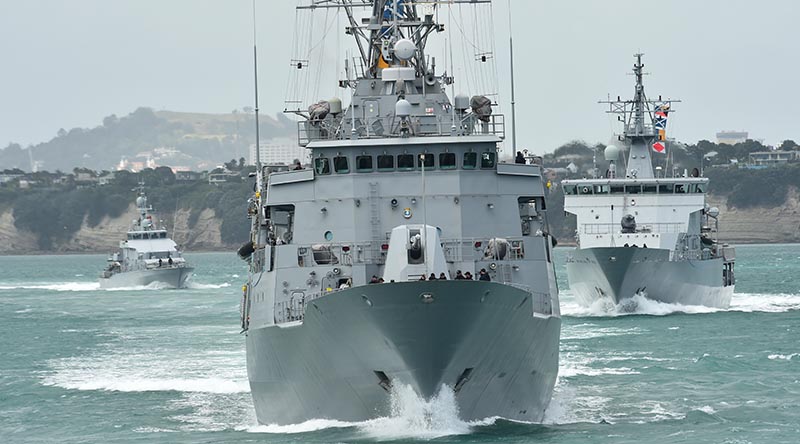
France began its 2025 Polaris naval exercise on Monday, shifting the focus to the Atlantic Ocean with a complex scenario that includes simulated attacks on French naval ports, a multinational sea battle, and amphibious landings on both English and French shores.
Running until June 15, Polaris 25 will involve over 3,000 personnel from France and allied nations, more than 20 surface warships, and upwards of 40 aircraft, according to the French Ministry of Defense. The concluding phase will feature naval combat between a task force of five amphibious helicopter carriers and their escorts facing a similarly equipped adversary.
The inaugural Polaris exercise in 2021 primarily took place in the Mediterranean as part of efforts to enhance the French Navy’s preparedness for intense combat operations. This year’s exercise will deploy fewer troops, partly because the Charles de Gaulle aircraft carrier and its crew of about 1,200 will not participate. However, it will last twice as long and include a broader coalition of international partners.
In a statement to Defense News, the Navy described Polaris 25 as a confrontation between two evenly matched forces in a dynamic, realistic training environment. The exercise is distinctive for its extended duration, starting with a hybrid warfare phase involving both offensive and defensive actions, and for the extensive resources committed along France’s Atlantic coast.
New training elements introduced this year emphasize amphibious assaults and the long-term defense of naval bases against hybrid threats. The exercise is designed to progress from initial contested operations to full-scale engagements.
In recent months, the French Navy has intensified combat readiness through live demonstrations such as testing a one-way explosive drone boat, firing an F21 heavy torpedo at a decommissioned vessel, and conducting a shock test by detonating a naval mine near the Lafayette-class frigate Courbet while it was underway with a full crew. Admiral Nicolas Vaujour, who has led the Navy since September 2023, has prioritized strengthening the force’s immediate combat capabilities.
The first phase of Polaris 25, lasting until May 26, involves solely French units and focuses on defending naval bases against hybrid attacks that may include commando raids or drone strikes. While specific details of the scenario remain confidential to maintain realism, a briefing document reveals that initial operations will target the Brest and Cherbourg naval ports, employing cyber warfare, drones, and sea mines.
The second phase will see the formation of an international task force in the western Atlantic, comprising amphibious vessels from France, the UK, Spain, and Italy. This group will carry a French Army battalion, helicopters, and troops from Britain, Spain, Italy, and Brazil. They will be escorted by frigates from France, Spain, and the Netherlands, along with British patrol boats. Air support will primarily come from French assets, potentially including Navy Rafale jets and Airbus refueling planes.
Between June 1 and 6, the blue force will conduct an amphibious landing on the coast of Devon in southwest England, followed by a five-day naval battle against a red force made up of French, Italian, and Dutch frigates and French Navy aircraft. The involvement of French nuclear attack submarines is possible on either side, with task force compositions subject to change.
The exercise’s final stage, beginning June 11, involves an amphibious operation along the Atlantic coast. A flight restriction notice from France’s civil aviation authority highlights a no-fly zone over the Bay of Biscay, spanning from the Gironde estuary to Bayonne near the Spanish border, hinting at a landing on the region’s extensive sandy beaches.
The Navy emphasized that the combat and landing phases will adopt a “multi-environment, multi-domain” strategy, integrating space, cyber, and information warfare capabilities.
Polaris 25 aims to enhance rapid response combat skills by involving operational bases and ports and to foster new approaches to managing technological and human disruptions. The exercise also strengthens cooperation with European and NATO partners to ensure the security of Europe.




